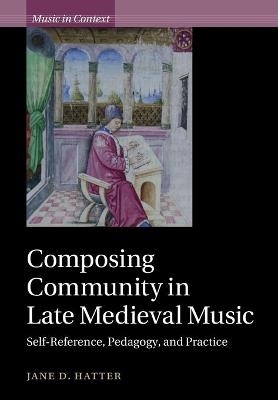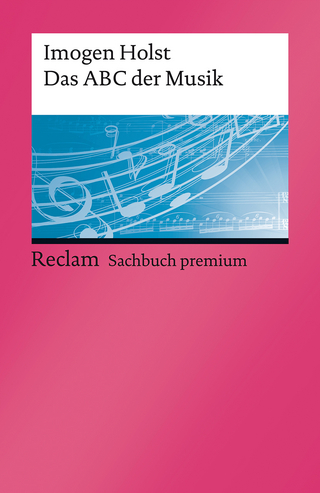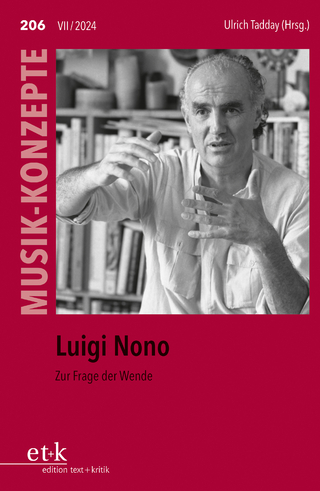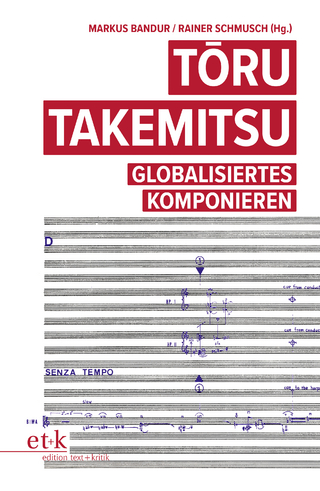
Composing Community in Late Medieval Music
Cambridge University Press (Verlag)
978-1-108-46559-5 (ISBN)
When we sing lines in which a fifteenth-century musician uses ethereal polyphony to complain mundanely about money or hoarseness, more than half a millennium melts away. Equally intriguing are moments in which we experience solmization puns. These familiar worries and surprising jests break down temporal distances, humanizing the lives and endeavors of our musical forebears. Yet many instances of self-reference occur within otherwise serious pieces. Are these simply in-jokes, or are there more meaningful messages we risk neglecting if we dismiss them as comic relief? Music historian Jane D. Hatter takes seriously the pervasiveness of these features. Divided into two sections, this study considers pieces with self-referential features in the texts separately from discussions of pieces based on musical self-referential elements. Examining connections between self-referential repertoire from the years 1450–1530 and similar self-referential creations for painters' guilds, reveals musicians' agency in forming the first communities of early modern composers.
Jane D. Hatter is an assistant professor of musicology at the University of Utah. Her research delves into the musical communities that developed around fifteenth- and sixteenth-century music, including musical self-reference and intersections between music and the visual arts. Her examination of musical time and sexuality in early sixteenth-century Italian paintings is one of the five most read articles in the Oxford journal Early Music.
Introduction; Part I. Music about Musicians: 1. Paintings about painters to music about musicians; 2. Miserere Supplicanti Du Fay: building community through musical devotions at Cambrai Cathedral; 3. Ora Pro Nobis: forms of self-reference in musical prayers for musicians; 4. Plorer, Gemir, Crier: musical mourning and the composer; Part II. Music about Music: 5. Paintings about painting and music about music-making; 6. Simple lessons? Music theory as emblem of composition; 7. Constructing the composer: symbolic use of the hexachord in compositions c.1500; 8. Conclusion.
| Erscheinungsdatum | 11.08.2021 |
|---|---|
| Reihe/Serie | Music in Context |
| Zusatzinfo | Worked examples or Exercises; 18 Printed music items; 51 Tables, unspecified; 16 Halftones, unspecified |
| Verlagsort | Cambridge |
| Sprache | englisch |
| Maße | 170 x 244 mm |
| Gewicht | 540 g |
| Themenwelt | Kunst / Musik / Theater ► Kunstgeschichte / Kunststile |
| Kunst / Musik / Theater ► Musik ► Musiktheorie / Musiklehre | |
| ISBN-10 | 1-108-46559-5 / 1108465595 |
| ISBN-13 | 978-1-108-46559-5 / 9781108465595 |
| Zustand | Neuware |
| Informationen gemäß Produktsicherheitsverordnung (GPSR) | |
| Haben Sie eine Frage zum Produkt? |
aus dem Bereich


